Kyoto is widely known as the ancient capital of Japan, which boasts many beautiful shrines and temples. A large number of tourists from all over the world come here because of the unique atmosphere and picturesque urban landscapes, which are completely different from other major cities. Despite the fact that Kyoto fascinates visitors with tourist attractions, there are places with mysterious stories.
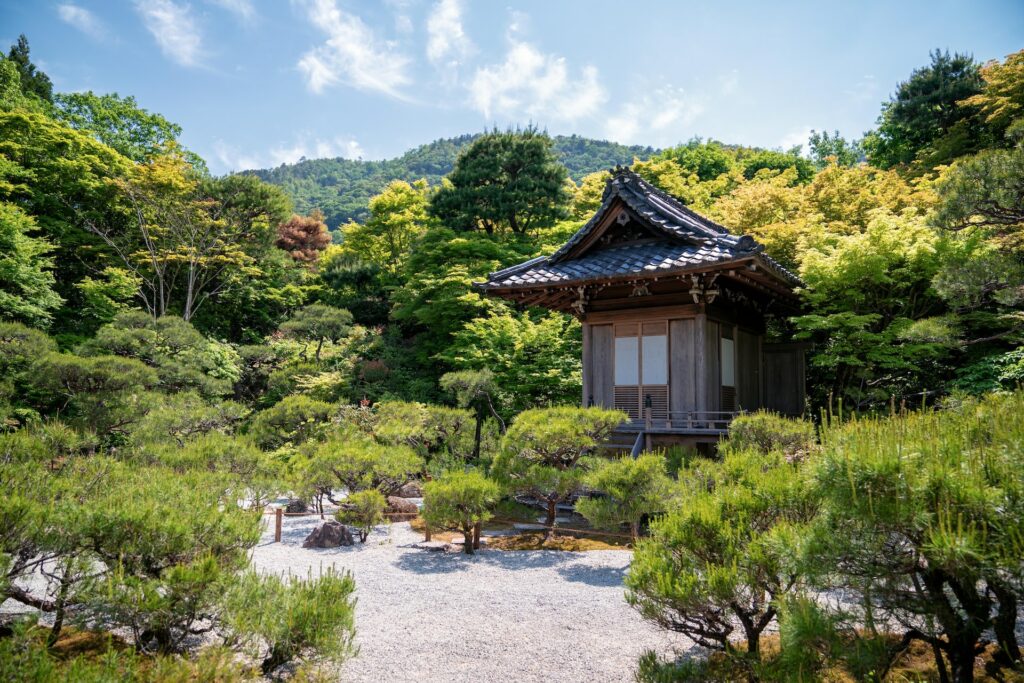
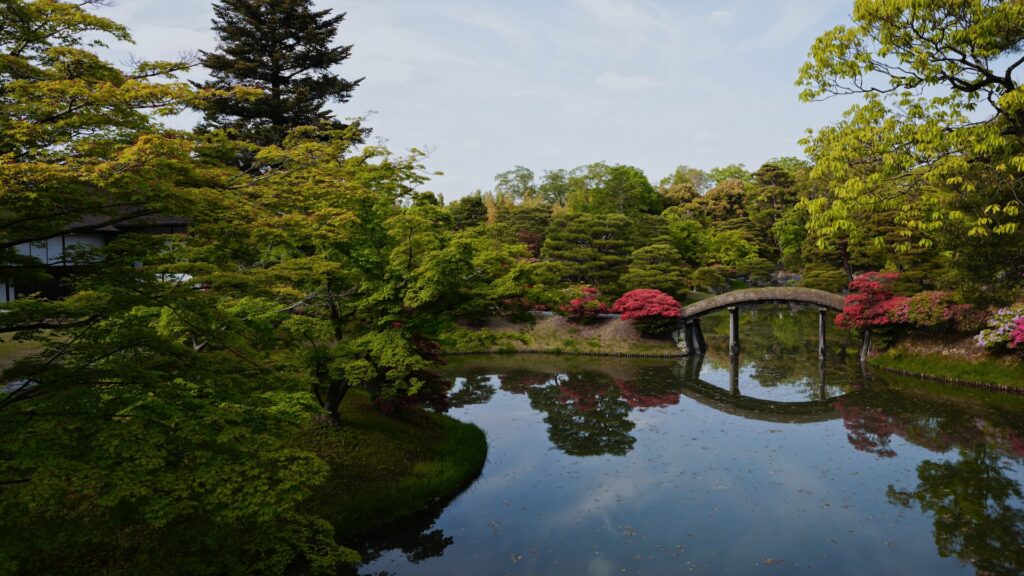
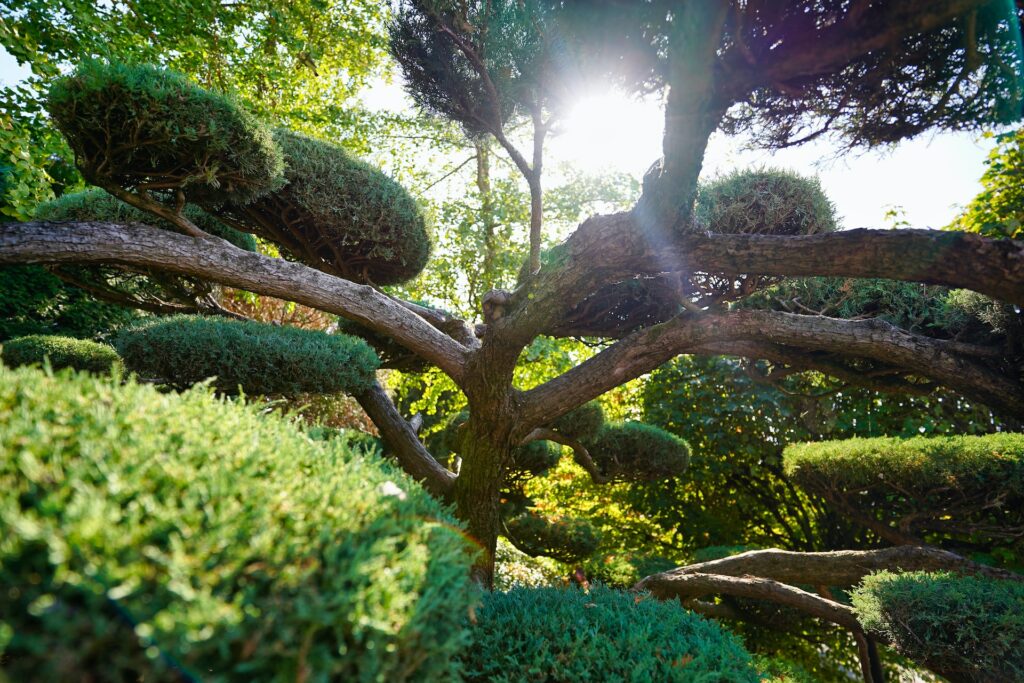
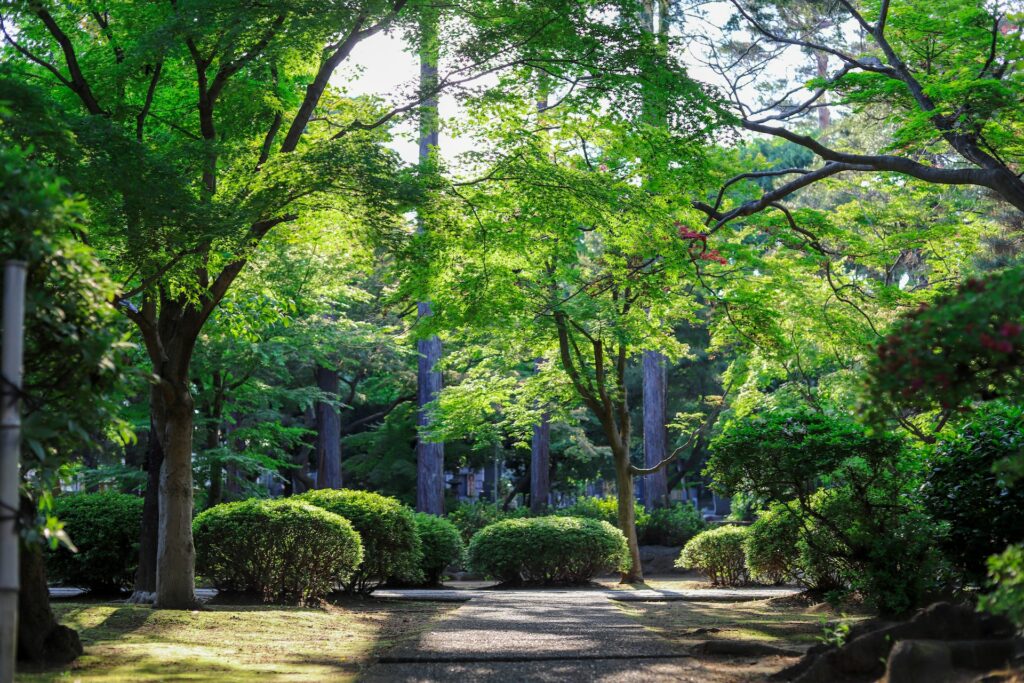
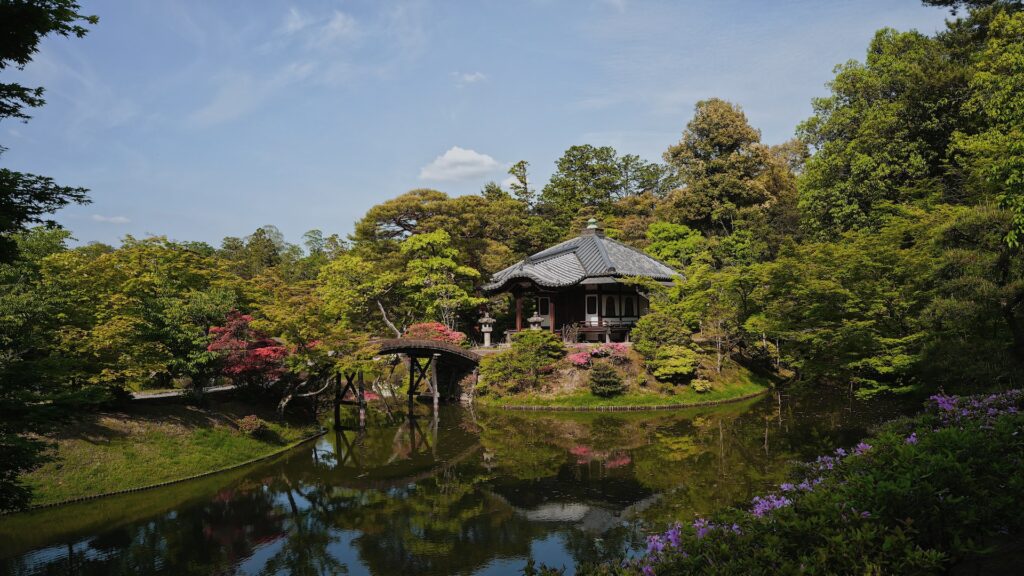
Weeping Stone (Yasaka Shrine)
Yasaka Shrine is one of the most famous historical sites in Kyoto. It is located in Higashiyama district, close to other popular tourist attractions such as Kiyomizu-dera Temple. The temple is also widely known for the annual summer festival called the Gion Festival, which has a long history dating back to the 9th century. In this popular tourist spot you can find a “Crying Stone”, which is located under a peaceful tree on the temple grounds. There is a legend that the stone begins to cry at night. This is considered one of the seven secrets of the sanctuary, which have been passed down from generation to generation for centuries. Similar stories about crying stones can be found all over Japan. The reason for such stories remains a mystery.
Minatoya Yurei Kosodatame Hongpo (A Ghost raising a child)
Minatoya Yurei Kosodatame Honpo is the oldest candy store in Japan, which has a history of more than 500 years. There is a mysterious story about the store that has been passed down from generation to generation for centuries. One night, when the owner was about to close the store, a pale woman came and asked to sell her candy. He gave her candy, but the same thing continued for the next 6 days. After 7 days, when he was counting sales, he realized that one of the coins in the cash register had turned into a sheet that is usually placed on graves. This made him suspect that the woman could be the one who gave him the fake money.
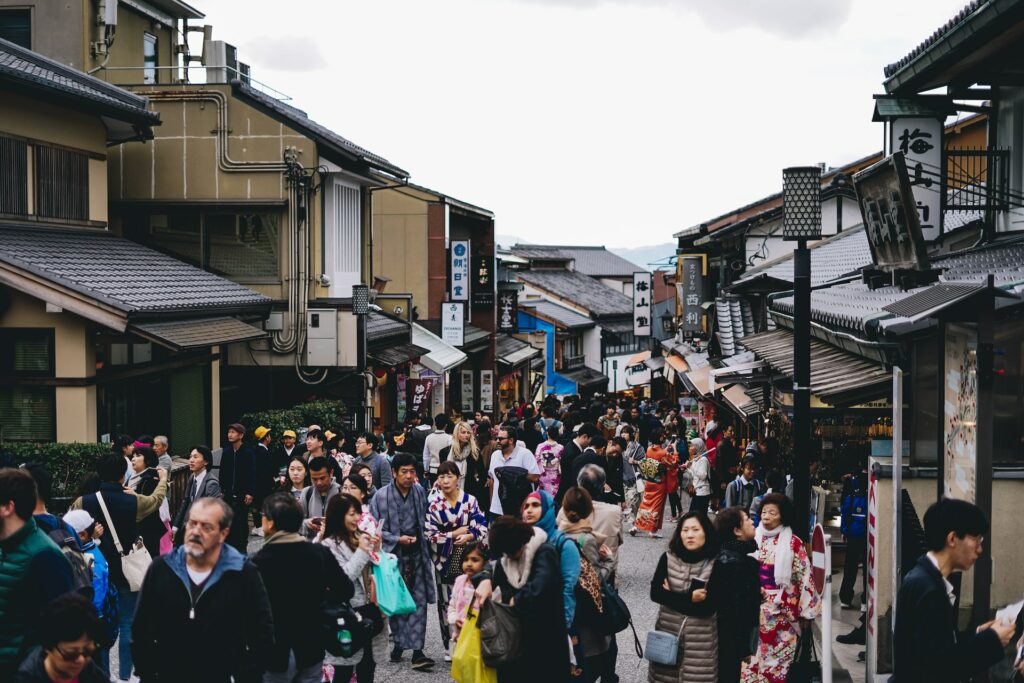
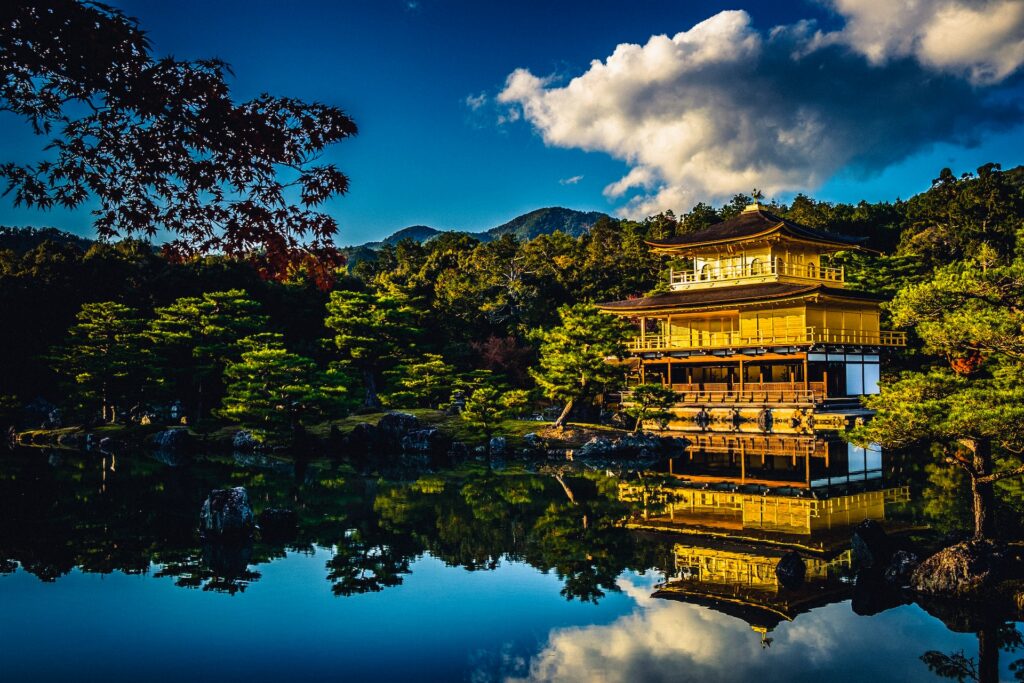
That night she came again, and he decided to follow her. He found out that she had suddenly disappeared into one of the graves in the cemetery. Suddenly, the man heard a child crying underground. He dug up the ground and took the baby out of the coffin, where he also found the body of a woman who had already passed away. They say that she gave birth to a child after her death and bought him sweets with the money received from the leaves. This store still sells original candies, the taste of which is liked by locals. Don’t forget to visit their store in advance, as the candy sells out quickly.
Yasui Konpiragu (End a Bad Relationship)
Another mysterious place in the Higashiyama area is Yasui Konpiragu. It is considered a spiritual place that helps people break off bad relationships and start good ones. When you enter the temple grounds, you will find a wooden board. On it, people write down their wishes, which mainly relate to their worries or hopes for a relationship. “Enkiri Enmusubi-ishi” refers to a cult stone that is covered with paper amulets that were left by visitors. They say that you can put an end to a bad relationship by going through a hole in a stone with an amulet.
Otowa Waterfall
The Otowa Waterfall refers to three mysterious waterfalls that can be found in the Kiyomizu-dera Temple. Clean water comes from Mount Otova, where the historical temple has been located for more than 1200 years. The name of the temple “Kiyomizu” literally means “pure water”. Each waterfall has a unique meaning associated with good luck, such as academic success, romantic relationships and longevity. It is believed that you will be blessed with these benefits by drinking water.
Rokudo Chinno-ji (Entrance to the Afterlife)
Rokudo Chinno-ji is a peaceful temple that belongs to the Rinzai school of Japanese Buddhism. Since its foundation in the 9th century, it has been visited by many people who believe in a religious legend firmly associated with the name of the temple. “Rokudo” refers to the six realms that are believed to exist separately from the real world. In Buddhism, they are seen as the afterlife, where we must be reborn after death. Since the temple was located near the cemetery, people in the old days considered it the entrance to the afterlife.
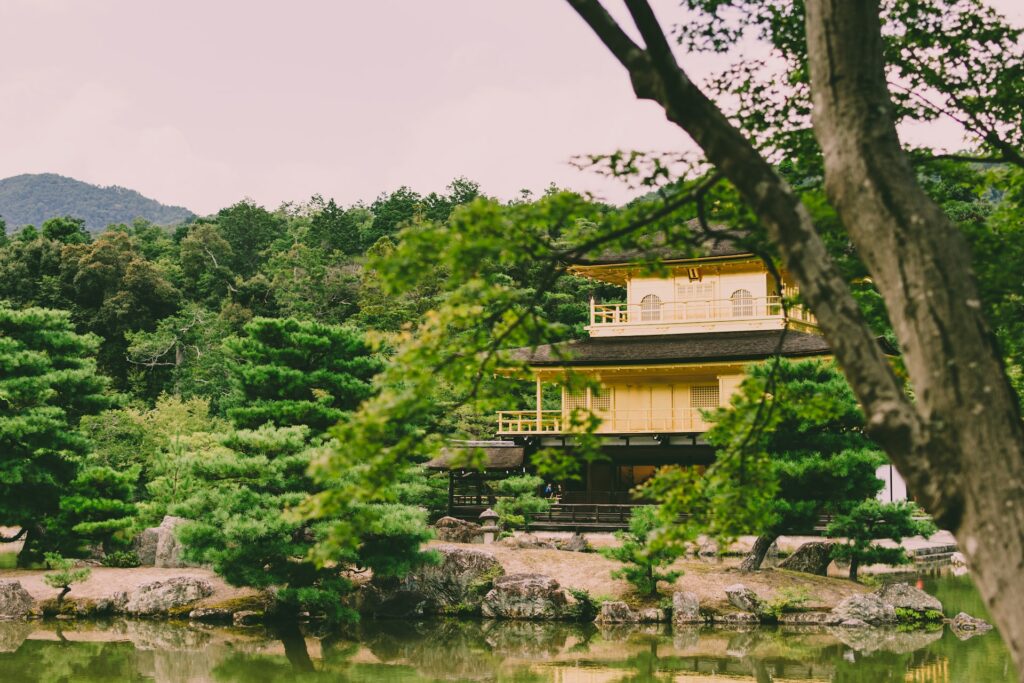
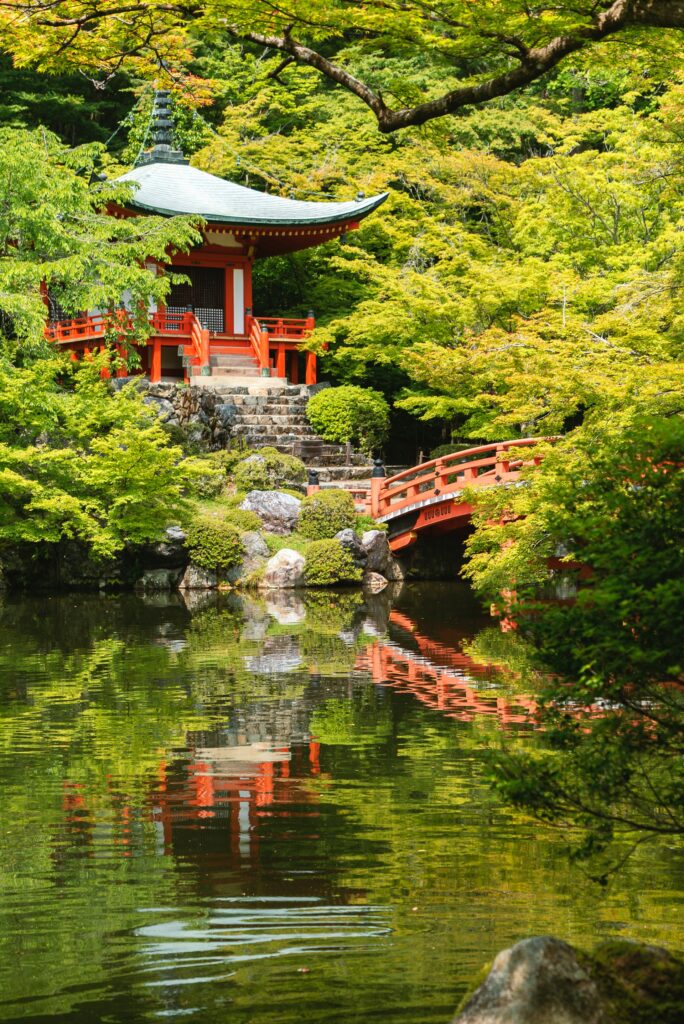
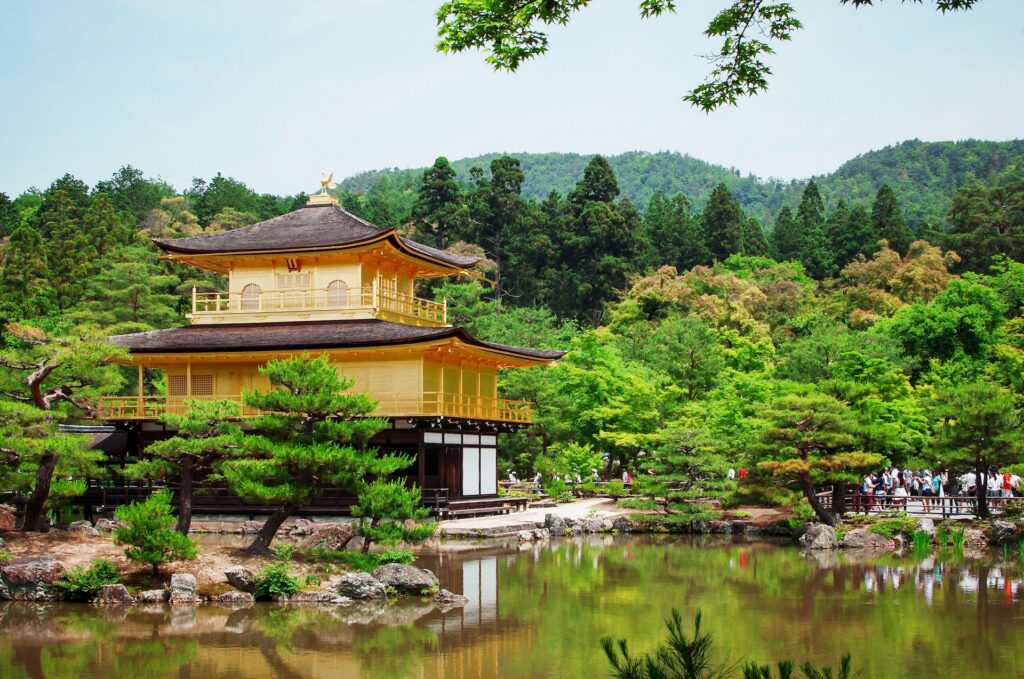
Seimei Temple
It is a shrine dedicated to Abe no Seimei, the famous ommoji predictor of the Heian period. He served the imperial court as well as other authorities, possessing extensive knowledge in a number of fields such as mathematics, natural sciences and astronomy. After his death, the original temple was founded on the site of his private residence by order of Emperor Ichijo in 1007. It is visited by many people all year round as a well-known spiritual place.
Bloody Temples
Being the ancient capital of Japan, Kyoto has experienced a number of tragic civil wars and battles that have taken place in this beautiful city for centuries. Although it now attracts and fascinates numerous visitors with incredible temples and shrines, it is also home to some temples called “Temples of the Bloody Ceiling”. It includes the following temples: Genko-an, Hosenin and Yogenin. This terrible name comes from the fact that they have ceilings with traces of blood from the Sengoku period, which is known as a chaotic time full of civil wars in the history of Japan. In 1600, about 380 warriors led by Torii Mototada ripped open their bellies in the castle after defending it from enemies. The blood-drenched floors were removed and built into the ceilings of several temples in Kyoto to comfort their spirits.
Ichijo Modoribashi
This is a concrete bridge that is located on Ichijo Street in Kyoto. It was built over the Hori Kava, the famous river flowing through the city center from north to south. Although it has been rebuilt several times since it was first built during the Heian period, it has never been moved to another location. The current bridge was completed in 1995, and a miniature model of the bridge made from the remains of the previous bridge is on display at the Seimei Temple nearby. Attracting many visitors as a popular spring spot for admiring cherry blossoms, it is also known for its legendary history. During the Heian period, the coffin of the famous scientist Miyoshi no Kiyoyuki was carried across the bridge on his way to the cemetery. When one of his three sons was crying over the coffin, his father suddenly came to life for a moment. “Modori” literally means “Return”. It is believed that the bridge connects our world with another world.
Sarugatsuji (Monkey Corner)
Kyoto Geen, also known as the “Kyoto Imperial Palace”, is considered a popular tourist attraction in Kyoto. It is the former residence of the imperial family, which was used until the beginning of the Meiji period in 1869. Majestic buildings and traditional Japanese gardens fascinate tourists from all over the world. Sarugatsuji refers to the northeast corner of the palace, which has a unique structure. This trend was once considered unlucky according to Onme-do, a traditional Japanese religious cosmology that had an influential force during the Heian period. They removed a corner of the building so that bad demons could not get inside. They also put up a statue of a monkey as a guardian, which was believed to ward off demons. Even today, you can see a monkey resting under the roof of the building.
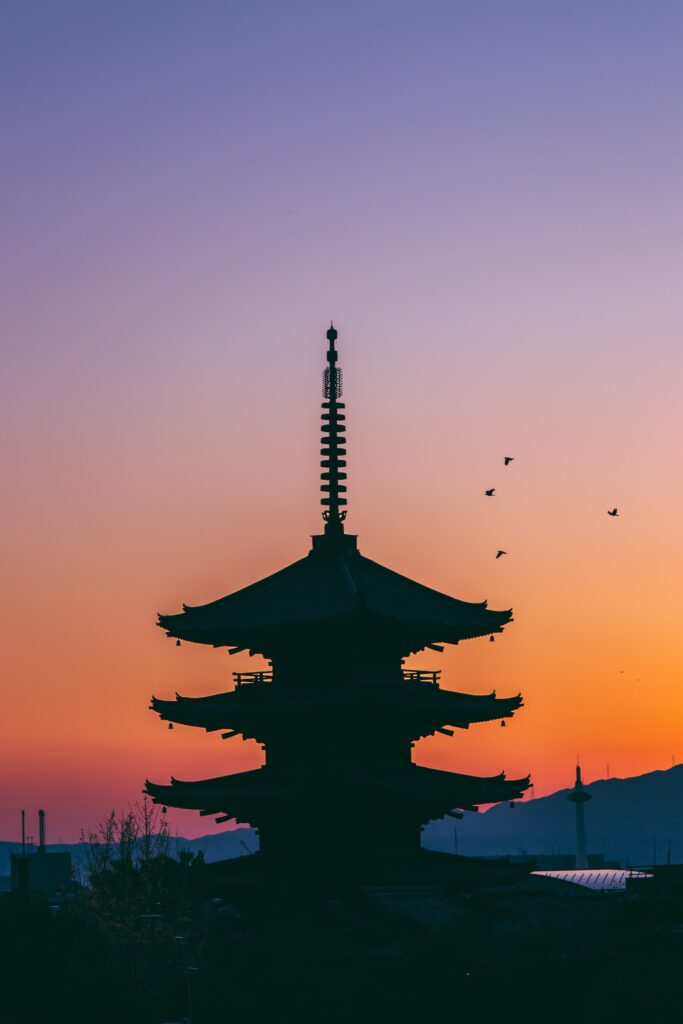
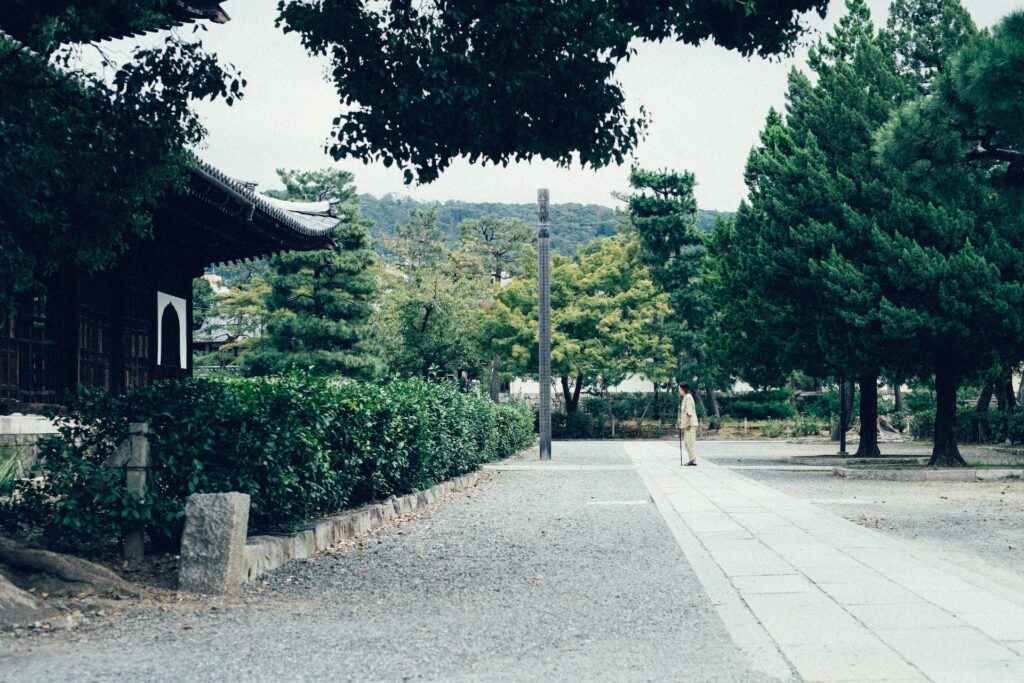
Daisegun Temple (Nue Forest)
“Nue” is a legendary monster that can be found in ancient Japanese folklore. They say he has the face of a monkey, the body of a raccoon dog and legs like a tiger. The appearance is described differently depending on historical records. Daisegun Temple is famous for the famous story of a terrible monster that appeared in the forest on the temple grounds back in the Heian period. Frightened by a terrible monster, Emperor Konoe ordered Minamotono Yerimasa, a powerful warrior, to kill him and return peaceful days to the people of Kyoto. The shrine is relatively small and can hardly be found in guidebooks, but it still retains a sacred atmosphere with an 800-year-old iconic ginkgo tree that stands silently behind the main hall.











This is an awesome motivating article.I am practically satisfied with your great work.You put truly extremely supportive data. Keep it up.